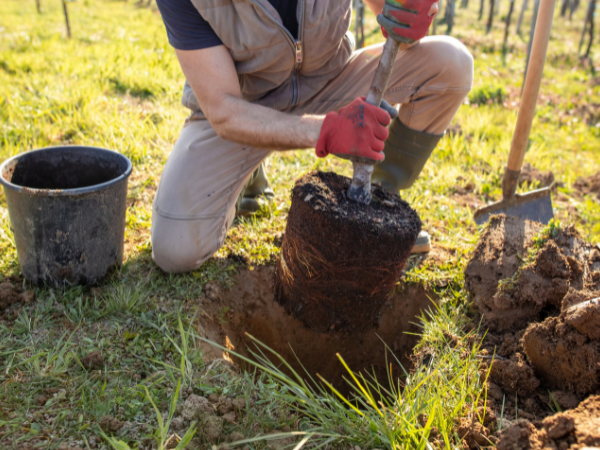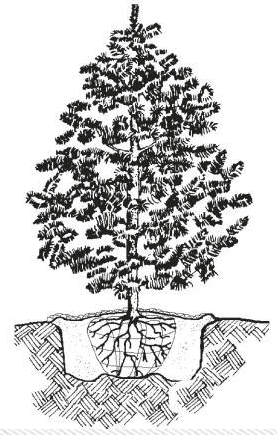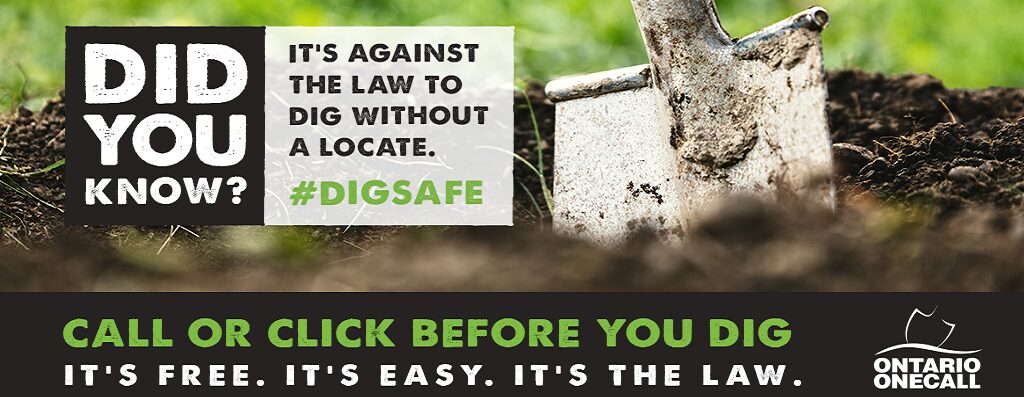
Guide to Planting Trees
In a world grappling with environmental challenges, planting trees has emerged as a powerful way to combat climate change, restore ecosystems, and enhance the quality of life for both humans and wildlife. Trees provide us with essential services such as oxygen production, carbon sequestration, habitat creation, and natural beauty. If you’re eager to contribute to a greener tomorrow, this comprehensive guide on how to best plant trees will equip you with the knowledge and techniques needed to make a positive impact.
Selecting the Right Tree
Choosing the right tree species for your location is crucial to ensure successful growth. Consider the climate, soil type, available sunlight, and space constraints. Native species are often the best choice as they are adapted to local conditions and support local ecosystems.
Timing Matters
Plant trees during the appropriate time of year. Fall and early spring are generally the best seasons for tree planting, as the soil is still warm and there is ample moisture available. This allows the roots to establish before harsh weather conditions set in.
Prepare the Planting Site
Proper preparation of the planting site is essential for a tree’s successful establishment. Follow these steps:
- Clear the area of weeds, grass, and debris to prevent competition for nutrients and water.
- Dig a hole that is slightly wider and shallower than the root ball. The hole should be two to three times the diameter of the root ball.
- Loosen the soil around the hole to encourage root penetration and growth.
- Amend soil taken from the hole with 1 part 3-in-1 Planting Mix to 1 part soil. Mix thoroughly, taking care to break up large clumps. Use this to enrich the soil mix to fill in around the tree roots.
Planting Techniques
Your new plants should be installed as soon as possible. If there is some delay in planting, then it is important to guard against moisture loss. Store plants in a shady, wind-protected area, and keep the root area evenly moist.

Balled and Burlap
Many trees, shrubs and evergreens have the root ball wrapped in burlap and secured with string or rope. Large sizes have the ball contained in a wire basket. These must be planted just the way they are, burlap, rope and wire basket too. Fill around the ball with a good soil mix to three-quarters of the way up the root ball and water thoroughly.
THEN – untie all string or rope from the trunk or stems. Fold back burlap and ropes and tuck down out of sight. If there is a wire basket, fold back the loops and push down, leaving the wire basket on. Add more good soil mix to fill the hole. Water again using a root-stimulating transplant fertilizer.
Fibre Pots
We cannot over-stress the importance of leaving the pot ON! These pots are made of paper and will rot away in the soil, and are readily penetrated by healthy plant roots. Break off the pot rim down to the soil level. Make three cuts halfway up from the bottom. DO NOT remove the bottom of the pot. Fill in around the pot with a good soil mix. Water thoroughly with a root-stimulating transplant fertilizer.


Plastic Pots
Water thoroughly before removing the container. If a light tapping on the sides and bottom does not release the soil, make two cuts the length of the pot on opposite sides and gently pull away the halves. Use your fingers or a knife to loosen and spread exposed roots that appear crowded gently. To free very matted or circling roots, make several vertical cuts 1/2 to 1 inch deep through the root mass.
Size of the Planting Hole
It is vital to dig your planting hole at least 6-12 inches larger than the root ball on all sides to allow for soil enrichment before planting. When planting large, heavy balls, the soil at the bottom of the hole should be left untouched to prevent the tree from settling lower (see illustration). The soil level of the plant should be the same as the ground or up to 3 inches higher if planting larger trees in heavy clay soils. Do not plant deeper than the soil level in the pot.
Additionally, follow these steps for successful tree planting:
- Place the tree in the center of the hole, ensuring that the top of the root ball is level with the surrounding soil.
- Fill the hole with soil, gently packing it to eliminate air pockets. Water as you go to settle the soil and remove air bubbles.
- Create a shallow well around the tree to hold water and direct it to the root zone.

Watering & Mulching
Proper watering is crucial for young trees. Here’s how to do it effectively:
- Water deeply immediately after planting to settle the soil around the roots.
- Use a liquid transplant fertilizer (5-15-5) with root stimulators. Click here to learn more about Transplant Fertilizers and Transplant Shock.
- Water the tree regularly for the first growing season, once or twice a week, to keep the soil moist but not waterlogged.
- Apply a layer of organic mulch around the base of the tree, leaving a gap around the trunk to prevent moisture-related diseases. Mulch helps retain soil moisture, regulate temperature, and suppress weeds.
Pruning & Maintenance
Regular pruning helps shape the tree, remove dead or damaged branches, and encourage healthy growth. However, avoid excessive pruning, especially during the early years, as it can stress the tree.
Monitoring and Care
Regularly monitor the tree’s health and growth. Be on the lookout for signs of pests, diseases, or stress. Adjust your care routine accordingly to ensure the tree’s well-being.

Are your tree’s leaves starting to wilt or turn colour?
No need to worry! Your tree is likely experiencing Transplant Shock, a normal occurrence for recently planted trees and perennials as they acclimate to their new surroundings. These symptoms might persist for a few weeks. If you’re feeling uneasy about your tree’s condition, refrain from uprooting it. Instead, reach out to us or drop by the garden centre for assistance. We’re here to provide you with reassurance and guidance.
Planting trees is an investment in the future of our planet. With careful selection, proper planting techniques, and ongoing care, you can contribute to reforestation efforts, enhance biodiversity, and mitigate the impacts of climate change. Additionally, the benefits extend to beautifying your home and surroundings, creating a serene and refreshing environment. By following this comprehensive guide, you’ll be nurturing individual trees and playing a vital role in creating a healthier, more sustainable world while enjoying the aesthetic rewards these magnificent additions bring to your landscape.

